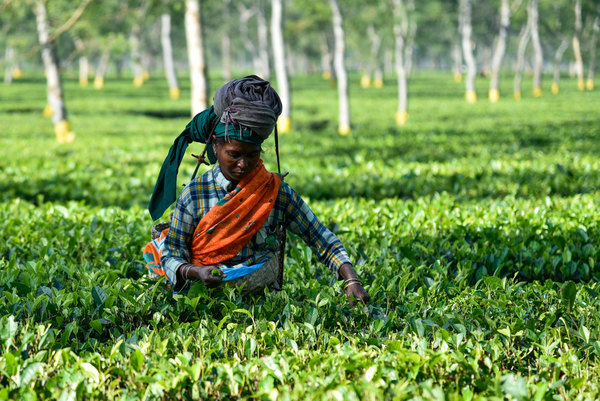Vicki Bonham
Dr Vicki Bonham Content Editor, Plant Sciences My background is in plant sciences with a BSc in botany and PhD in plant molecular biology. I spent 6 years working as a research fellow at the University of Reading on projects varying from searching for the ultimate birch tree (anatomically speaking) to making biodegradable packaging from…
Katherine Cameron
Katherine CameronContent Editor (Environmental Sciences) & Mapping Coordinator My interest in the environmental sciences developed whilst I was studying Biological Sciences as an undergraduate at Oxford University where I specialised in Environmental Sciences and Animal Sciences. I carried out a fieldwork project in my final year looking at the use of hedgerows by insects and…
Obesity- now blame the microwave or lack of sleep.
Two stories I noticed in the last week add to the long list of culprits for the obesity epidemic, invention of microwave ovens and not getting enough sleep. Blaming microwaves seems a bit unfair. What they are really saying is that microwaves, combined with ready meals and the freezer have encouraged people to take an…
CABI fungi examined for medical marvels
Hot off the press is this news release from CABI’s Bioservices department: CABI houses one of the world’s largest genetic resource collections of fungi, numbered at over 28,000 strains. We will be supplying the University of Strathclyde’s Institute for Drug Research (SIDR) with extracts from filamentous fungi to be screened for pharmaceutically active compounds, which…
World Ocean Day and Chinese water news round-up
World Ocean Day is here and the G8 summit is on the go, what better time to highlight the marine and freshwater issues plaguing China than today? Here’s a summary of the news items I’ve been collecting recently; many of the issues they involve are covered in the CAB Abstracts database and I’ve included links…
B-list celebrity in shock relationship scandal
the headlines in the journals are written specifically to grab your attention and make you read the rest.
Have you ever milked a hemp?
Hemp agriculture is thought to be more acceptable to those consumers sensitive to environmental issues. Hemp requires very little water, no herbicides and is believed to stimulate soil
Soil, a potential large scale carbon store
We have all heard in the news that to tackle climate change, greenhouse-gas emissions must be reduced on a global scale. Fossil fuel emissions still remain the largest contributor to the anthropogenic greenhouse effect, therefore reducing their contribution to global energy is key1. However, as this is a process that can not be done overnight,…
Melting Ice – a Hot Topic?
5 June 2007 is World Environment Day and the slogan for this year is ‘Melting Ice – a Hot Topic?’ In support of International Polar Year, the theme focuses on the effects that climate change is having on polar ecosystems and communities, and the ensuing consequences around the world. Ice, in the form of sea…
Do cows sneeeze in June?
Its that time of year again. If I were a master criminal, this would be the one time of year I would not commit a crime, all Mr. Sherlock Holmes would have to do would be to release grass pollen in my vicinity and he’d track me down by the uncontrollable fits of sneezing. Family…


